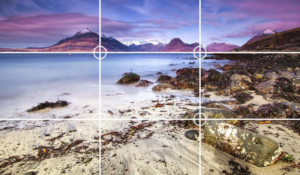A Comprehensive Guide to Digital Camera Modes
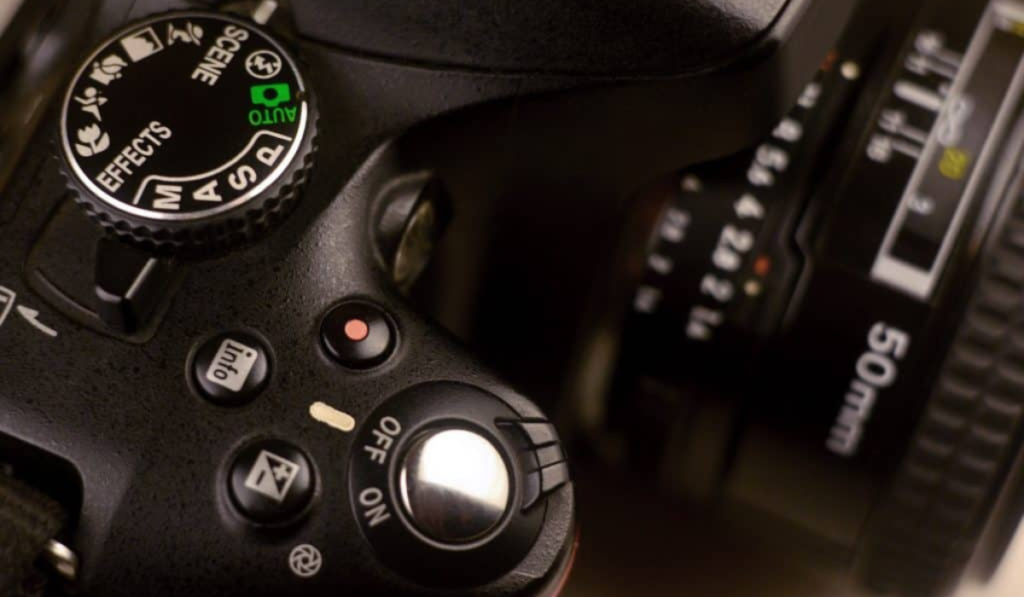
Understanding Camera Modes:
Mastering the different camera modes on digital cameras will help you capture stunning photos. These modes determine how the camera adjusts the exposure parameters, such as shutter, aperture and ISO. This ultimately influences the quality and aesthetics in the final photo.
Evolution of Cameras
Modern digital cameras have pre-programmed settings, which are a great convenience for photographers. Today’s cameras have a variety of modes that streamline the photography process. Gone are manual calculations and separate light meters.
Auto Mode (Green Box/AUTO).
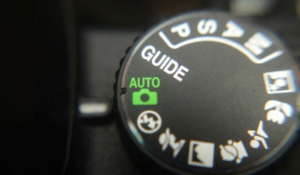
The Auto Mode is a user-friendly feature that allows the camera to control all exposure parameters. It’s often indicated by a green checkbox or labeled “AUTO”. Auto Mode is great for quick snaps but can be problematic in difficult lighting conditions. This limits the photographer’s creativity.
Program Mode (P)
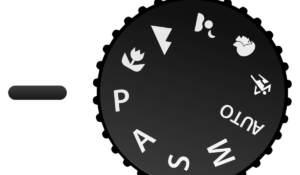
The Program Mode (designated by the letter “P”) is a step above Auto Mode. It gives photographers more control over ISO settings and white balance. The camera adjusts shutter speed and aperture based on lighting conditions in Program Mode. This makes it an excellent choice for a variety of shooting situations.
Aperture Priority Mod (Av or a):
Aperture priority mode, also known as “Av” and “A”, allows photographers to select the desired aperture. The camera will automatically adjust the shutter speed in order to achieve the correct exposure. Aperture Priority Mode is a popular choice for photographers who want to control depth of field. It also allows them to create stunning bokeh and artistic blur.
Shutter Priority (TV or S)
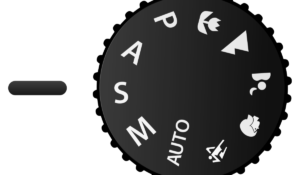
The Shutter Priority Mode (labeled “Tv” and “S”) allows photographers to control the shutter speed, while the camera adjusts the aperture dynamically. This mode allows you to experiment with blurring effects or capture fast-moving objects.
Manual Mode (M).
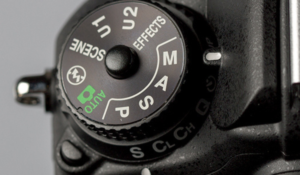
The “M” symbol represents Manual Mode. It allows for complete control of both shutter speed and aperture, allowing for unmatched precision and flexibility. Manual Mode is ideal for photographers who are more advanced and have to deal with challenging lighting conditions.
How to set camera mode:
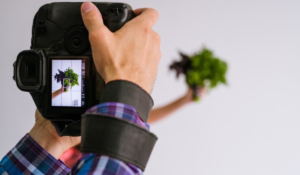
On most cameras, the menu or dial is located on the body. This dial is labeled “P/S/A/M”, “P/Tv/Av/M”, or “P/Tv/Av/M” on DSLRs and Mirrorless cameras depending on the terminology used by the manufacturer.
ISO Setting
Some DSLR models have Auto ISO, which allows the camera to adjust ISO automatically based on the lighting conditions. The right ISO setting is essential for balancing the exposure and minimising digital noise.
Other camera modes:
Cameras that are entry-level or semi-professional may have additional modes, such as Sports, Night, Macro, Portrait, and Landscape. These modes may be useful for certain shooting situations, but photographers should master the basic camera modes to increase their creativity and control.
Advice:
Focus on learning the four main camera settings – Manual, Program, Aperture Priority and Shutter Priority – to improve your photography. Try each mode with different lighting conditions and subject matter to learn more about exposure principles.
Conclusion:
Understanding the modes of digital cameras is crucial for photographers who want to capture beautiful images and maximize their creativity. Mastering each mode, and experimenting with different settings will help photographers to elevate their art and go beyond auto mode.

